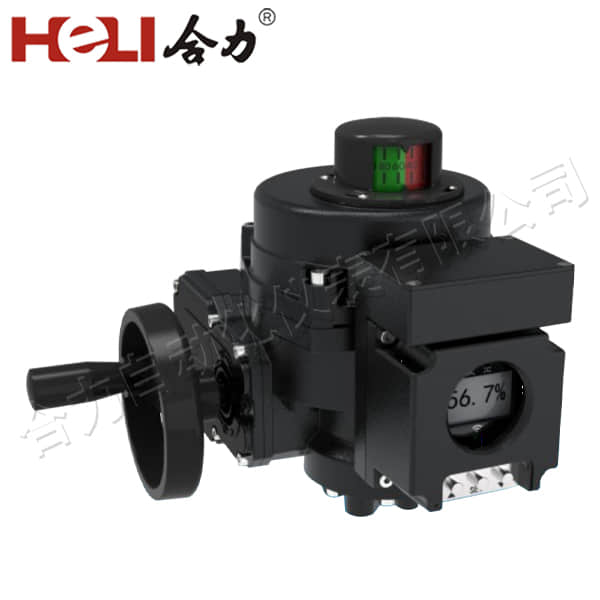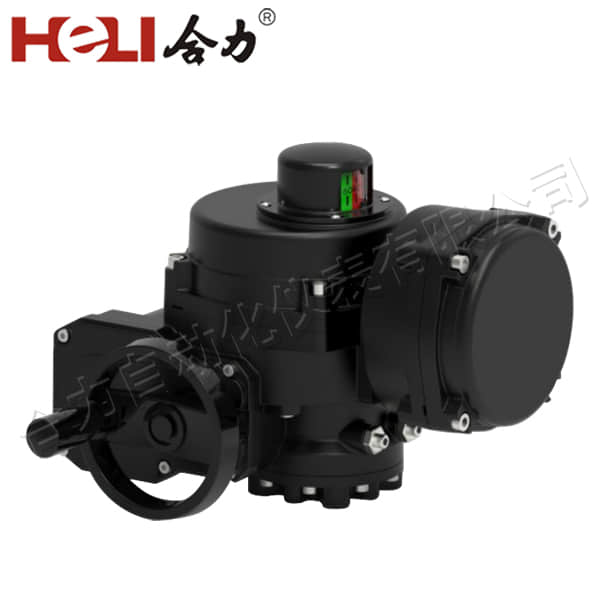
Electric actuators are essential components in various industries, playing a pivotal role in automating processes and enhancing operational efficiency. These devices convert electrical energy into mechanical motion, enabling precise control of machinery and systems. In this article, we will delve into the fundamentals of electric actuators, their types, applications, and advantages.

At its core, an electric actuator operates by using an electric motor to create motion. This motion can be linear or rotary, depending on the design and application of the actuator. The two primary types of electric actuators are linear actuators and rotary actuators. Linear actuators move in a straight line and are often used in applications such as robotics, medical devices, and industrial machinery. Rotary actuators, on the other hand, provide rotational movement and are commonly found in applications like valve control, conveyors, and robotic arms.
The operation of electric actuators involves several key components: the motor, gearbox, and feedback system. The motor is the heart of the actuator, converting electrical energy into mechanical energy. Gearboxes are used to modify the torque and speed of the motor output, allowing for precise control of the actuator’s movement. Feedback systems, such as encoders or potentiometers, provide real-time data on the actuator's position and
